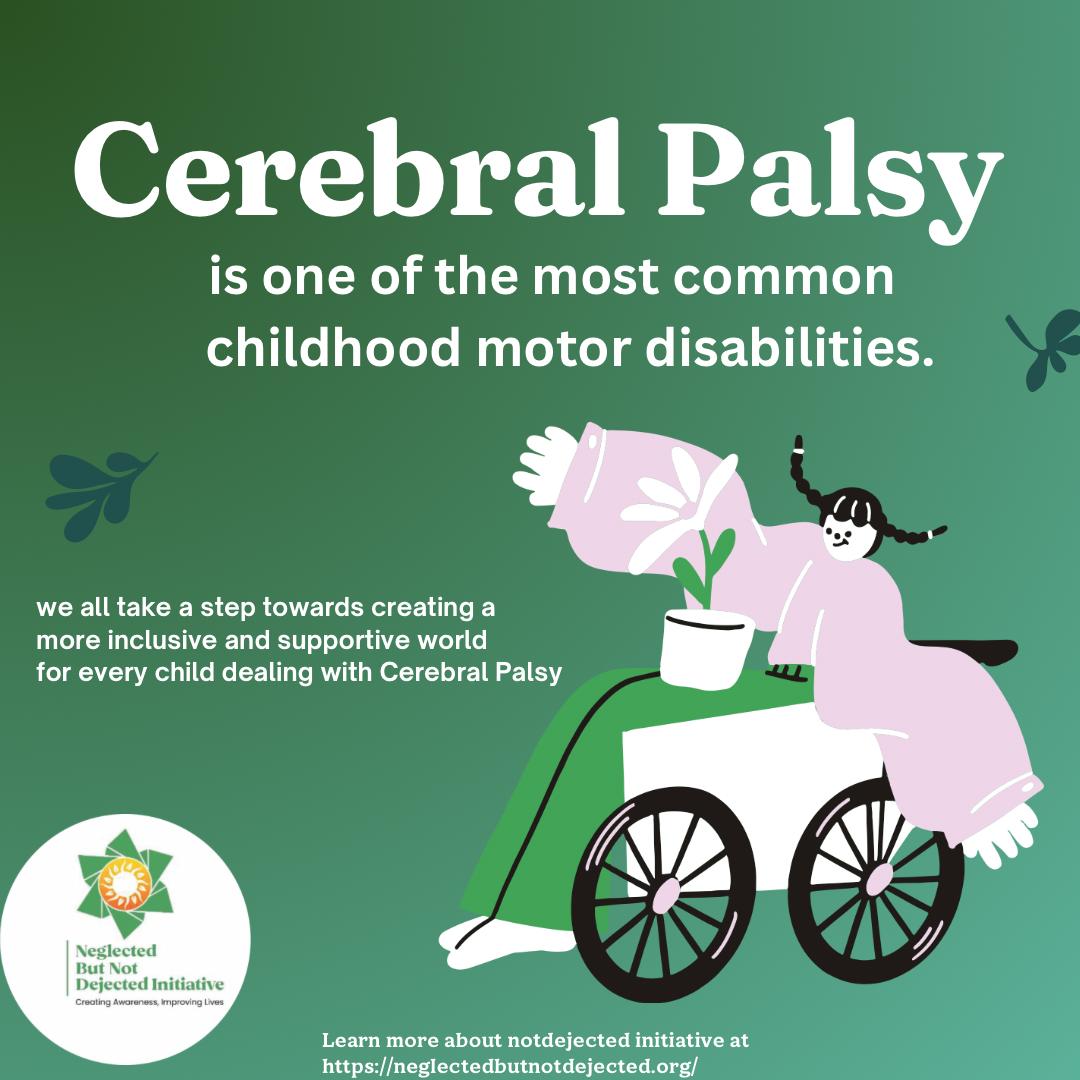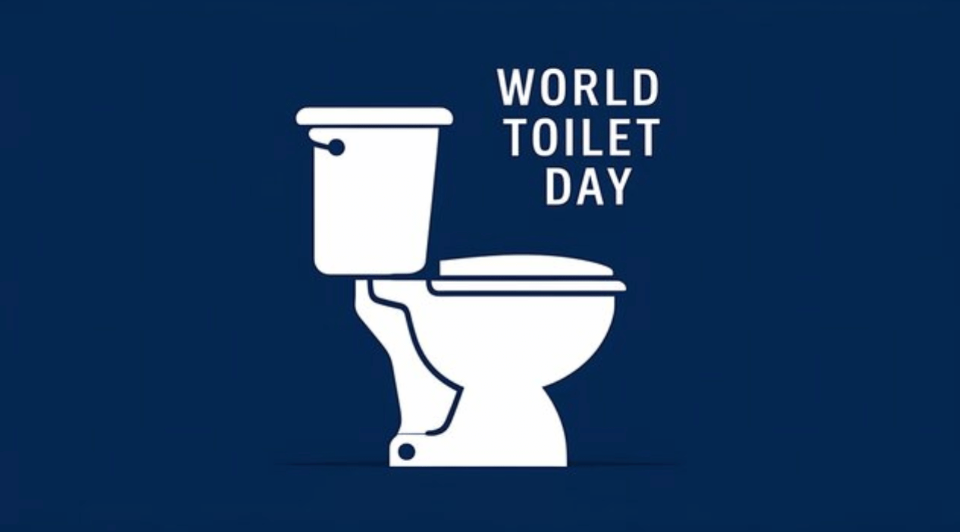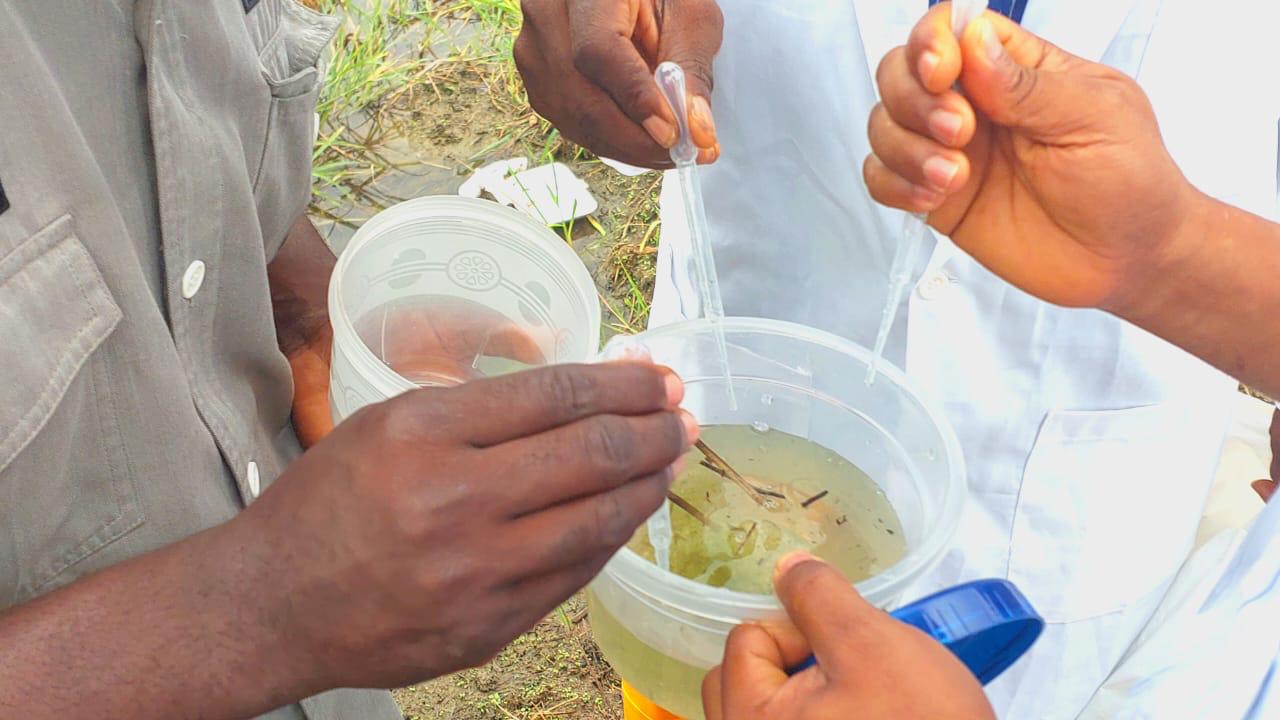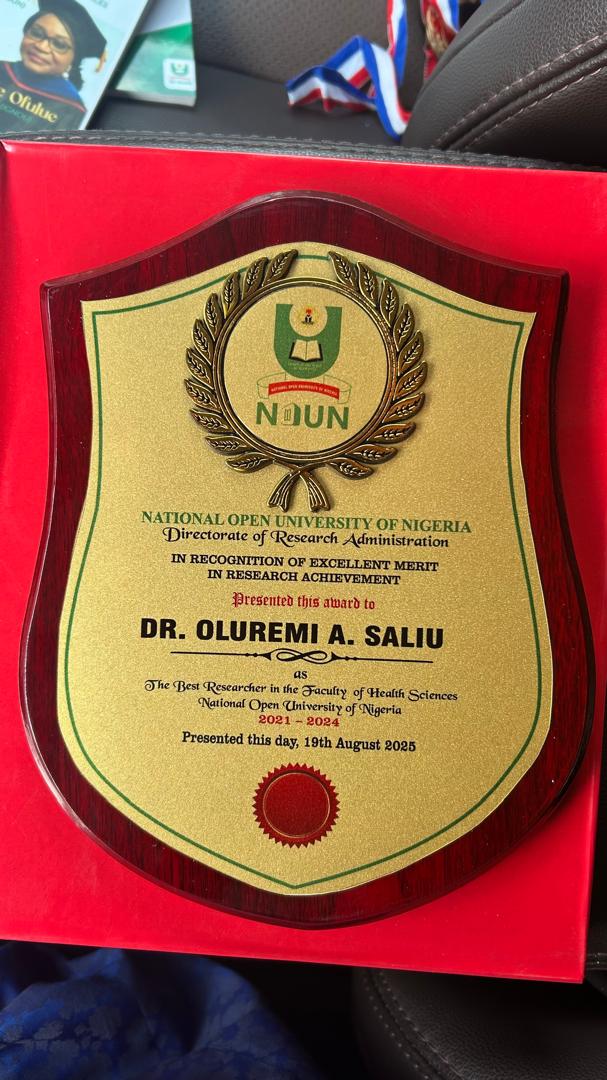When we think
about child development, we often picture first steps and words. However, for
some children and their families, the path of growth looks a little different, marked
by unique challenges and milestones that don’t always follow the usual
timeline. These differences are caused by problems in the brain that affect
movement and coordination. This condition is called Cerebral Palsy. The 6th of
October of the year has been set aside to mark the World Cerebral Palsy Day,
and we at the Not Dejected Initiative join the rest of the world in
commemorating the World Cerebral Palsy Day for the year 2025.
Understanding
Cerebral Palsy
What is Cerebral
Palsy?
Cerebral
Palsy (CP) is a group of disorders that affect a person’s ability to move and
maintain balance and posture, especially in the early developmental stages of
life. For this reason, CP commonly affects children from age 0-4 years. The
word “cerebral” refers to the brain, and “palsy” means weakness or problems
with muscles. So, it is essentially a lifelong condition caused by damage to
the developing brain, which disrupts the brain’s ability to control movement. It
is crucial to know that CP is not a disease, it’s not contagious, and it does
not get progressively worse over time. The brain damage that causes it does not
change or spread. However, the way it affects the body can evolve as a child
grows.
How does
Cerebral Palsy happen?
Injury
to the developing brain that causes CP can happen at different stages. Before
birth, it may result from maternal infections, genetic conditions, or a stroke
in the womb. During birth, complications like a lack of oxygen (asphyxia)
during a difficult delivery or premature birth can cause brain damage. After
birth, factors such as severe head injuries, brain infections like meningitis,
or untreated newborn jaundice can also lead to cerebral palsy.
How common is Cerebral Palsy?
Globally, cerebral palsy (CP) is the
most common childhood motor disability. It affects millions of children
worldwide. According to the World Health Organization (2022) and the Global
Burden of Disease (2023), approximately 8 million children under the age of
five are living with CP. This represents about 1.2% of the global population
under five years old.
The prevalence of CP varies
worldwide, ranging from 1 to nearly 4 cases per 1,000 live births, with
significant regional differences. In high-income countries (HICs), prevalence
typically falls between 1.6 and 2.9 per 1,000 live births, largely attributed
to improvements in maternal and neonatal care. In contrast, low- and middle-income
countries (LMICs) tend to report higher rates, generally around 2 to 3 per
1,000 live births. While the exact figures are difficult to determine, experts
estimate that between 2 and 10 out of every 1,000 children in Africa may be
affected by CP. In Nigeria and some parts of Africa, rates as high as 10 per
1,000 have been documented. This increased rate is due to a combination of
factors, including limited access to quality prenatal and maternity care,
higher rates of birth complications, and untreated infections. These challenges
underscore the critical importance of raising awareness and providing early
support for affected children and their families.
The Different
Faces of Cerebral Palsy
Cerebral
palsy is not a one-size-fits-all condition. Doctors classify it based on the
type of movement involved and the parts of the body affected.
1.
Spastic CP: This causes muscles to be stiff and
tight, making movements rigid and difficult.
2.
Dyskinetic CP: This involves uncontrollable, slow,
twisting movements of the hands, arms, feet, or legs.
3.
Ataxic CP: This is the least common CP; it affects
balance and coordination, leading to shaky movements and unsteady walking.
4.
Mixed CP: This combines symptoms, usually
spastic and dyskinetic.
When classified by body parts,
hemiplegia affects one side of the body, diplegia mainly impacts both legs, and
quadriplegia involves all four limbs and often comes with additional
challenges.
Signs and
Symptoms
Signs
of cerebral palsy can vary from mild to severe and usually become noticeable
within the first few years of life. In babies, unusual floppy or stiff muscles,
difficulty holding their head up, favoring one hand early on, or trouble
rolling over may be observed. Toddlers may show delays in milestones like
sitting, crawling, or walking, walk on their toes, have a crouched gait, or
appear clumsy. Beyond movement challenges, children with CP may experience
speech delays, difficulties with eating and swallowing, seizures, vision or
hearing problems, and learning difficulties.
How
is it diagnosed?
1. Monitoring Development: The child’s
growth and milestones may be tracked by the physician.
2. Physical Examination: Checking muscle
tone, reflexes, and coordination.
3. Brain Scans: Magnetic
Resonance Imaging (MRI) scans
often show the area of the brain that was damaged.
4. Additional Tests: To rule out other
conditions, tests for vision, hearing, and seizures may be done.
A
diagnosis of CP is the beginning of a new chapter, not the end of the story.
While there is no cure, a world of therapies and support exists to help a child
reach their full potential and live a joyful, fulfilling life.
Therapy
for Managing Cerebral Palsy
-
Physical
therapy could help to build strength, improve balance, and prevent muscles from
permanently stiffening.
-
Occupational
therapy can help children master the skills for daily life, like dressing,
eating, and writing.
-
Speech
therapy can support clear communication and can address swallowing
difficulties.
Other
supports include medications to relax stiff muscles, braces or splints to
support limbs, and, in some cases, surgery to improve movement.
Funding
Community and Support in Nigeria
Cerebral Palsy is one of the most challenging disorders found in Nigeria. Some organizations, like The Cerebral Palsy Centre (CPC) in Lagos and The Benola Cerebral Palsy Initiative, are beacons of hope offering therapy, parent support groups, and raising public awareness. We also at The Not Dejected Initiative join this campaign, advocating for cerebral palsy support in children to ensure that every child, regardless of ability, receives love, care, and support to help them thrive. We believe that no family should walk this path alone, and we are innovating low-cost back slabs to aid children with CP in moving better.
How we are
making a Difference at Not Dejected Initiative
Our efforts focus on creating awareness about Cerebral Palsy and its challenges, while providing essential support to families through education and resources. We actively partner with healthcare professionals to enhance access to mobility aids and therapy support, ensuring comprehensive care for every child. Additionally, we are currently innovating low-cost, adjustable, and long-lasting back slabs to help improve mobility for children with CP. We intend to establish a small-scale production unit for the back slabs in Abuja with trained artisans and health professionals. We hope that partnerships with pediatric hospitals and donor agencies would help sustain distribution.
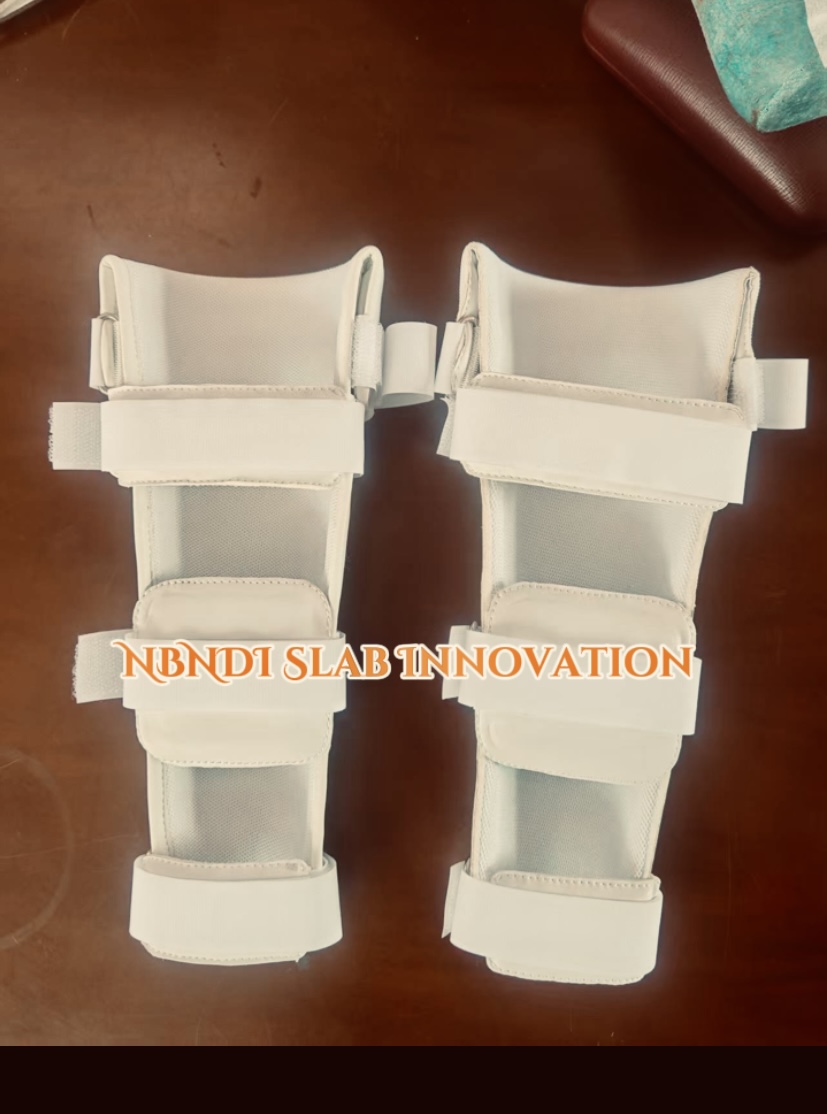
How You Can Help
We
are calling for collaborators, sponsors, and partners to join hands with us in
supporting the mass production of durable back slabs for children with CP. Your
support will help us reach more families, provide much-needed tools, and bring
hope where it’s needed most.
Conclusion
Cerebral Palsy is a part of a child’s story, but it does not define them. With love, early intervention, and the right support, children with CP can learn, play, make friends, and achieve incredible things. By understanding CP, we all take a step towards creating a more inclusive and supportive world for every child.

